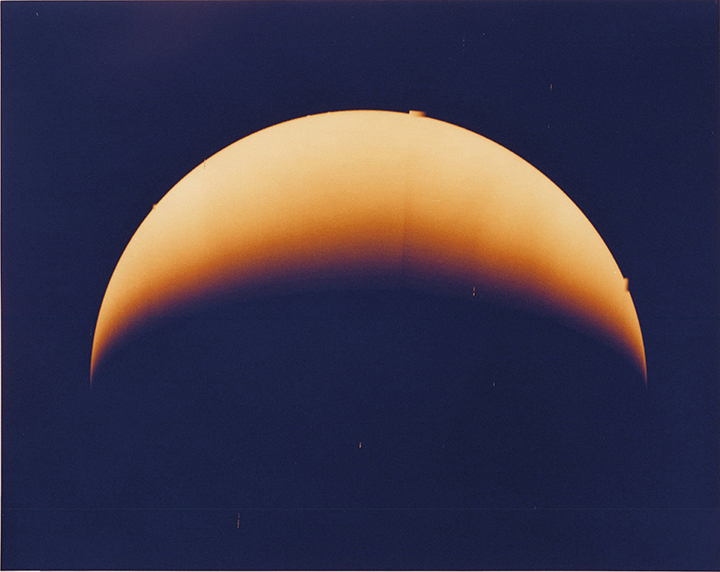Explore the legacy of Venus to uncover how this luminous planet has fascinated civilizations throughout history.
In the tapestry of the night sky, few celestial bodies have captivated the human imagination as vividly as Venus. Known in Western astronomy as Venus, after the Roman goddess of love and beauty, this radiant planet has been a symbol of enchantment across various cultures and times.
While the name “Venus” is universally recognized in the scientific community, the planet’s identity is as diverse as the human cultures that gaze upon it. In East Asia, Venus shines under different names, such as “Kinsei” in Japanese, meaning “gold star”. This name encapsulates the planet’s metallic glow, a feature that has influenced numerous mythologies and star-gazing traditions.
In the Arab world, Venus is known as “Zuhara,” a name rooted in pre-Islamic Arabian mythology. The name “Zuhara” resonates with the historical significance of astrology in Arabic science and culture.
The Indian subcontinent refers to Venus as “Shukra,” but here it is a male figure in Hindu mythology. Shukra (Sanskrit for “brightness” or “clearness”) is known as the teacher (guru) of the asuras, often translated as “demons” in English. However, it’s important to understand that “asuras” in Hindu mythology are more complex than the typical Western concept of demons. Asuras are a class of divine beings that have both good and evil qualities, and they are often in conflict with the devas (gods). The reason for Shukra being the teacher of asuras is deeply rooted in mythology and religious beliefs.
The intrigue of Venus extends to indigenous and ancient civilizations as well. The Maya, known for their sophisticated astronomy, called Venus “Chak ek,” translating to “Great Star.”
The Maya observations of Venus were incredibly accurate. They were able to calculate the synodic period of Venus – the time it takes for the planet to return to the same position in the sky – with remarkable precision. This period is about 584 days, and the Maya’s calculations were only off by a couple of hours, a feat that is astonishing even by today’s standards. Venus was associated with the god Kukulkan (or Quetzalcoatl in other Mesoamerican cultures), a feathered serpent deity. The appearances and disappearances of Venus were thought to correlate with good and bad omens, war, and other significant events. The movements of Venus were seen as the actions or interventions of their gods.
The journey of Venus across the sky has always been a source of inspiration and wonder. The planet exemplifies the diverse ways in which humanity has sought to understand and connect with the cosmos, human fascination with the heavens and our deep-seated desire to find meaning and symbolism in the starry skies.
MIS team




